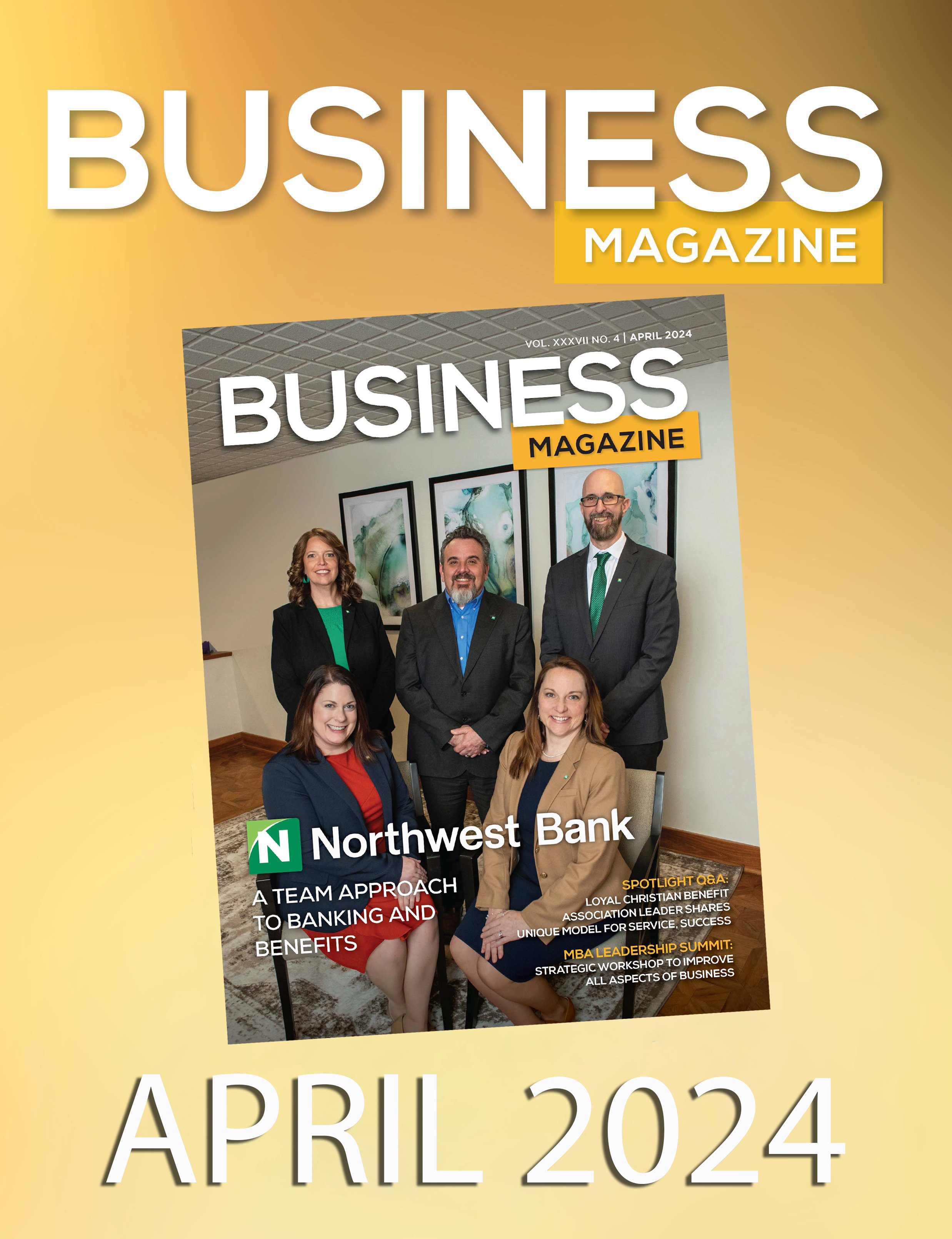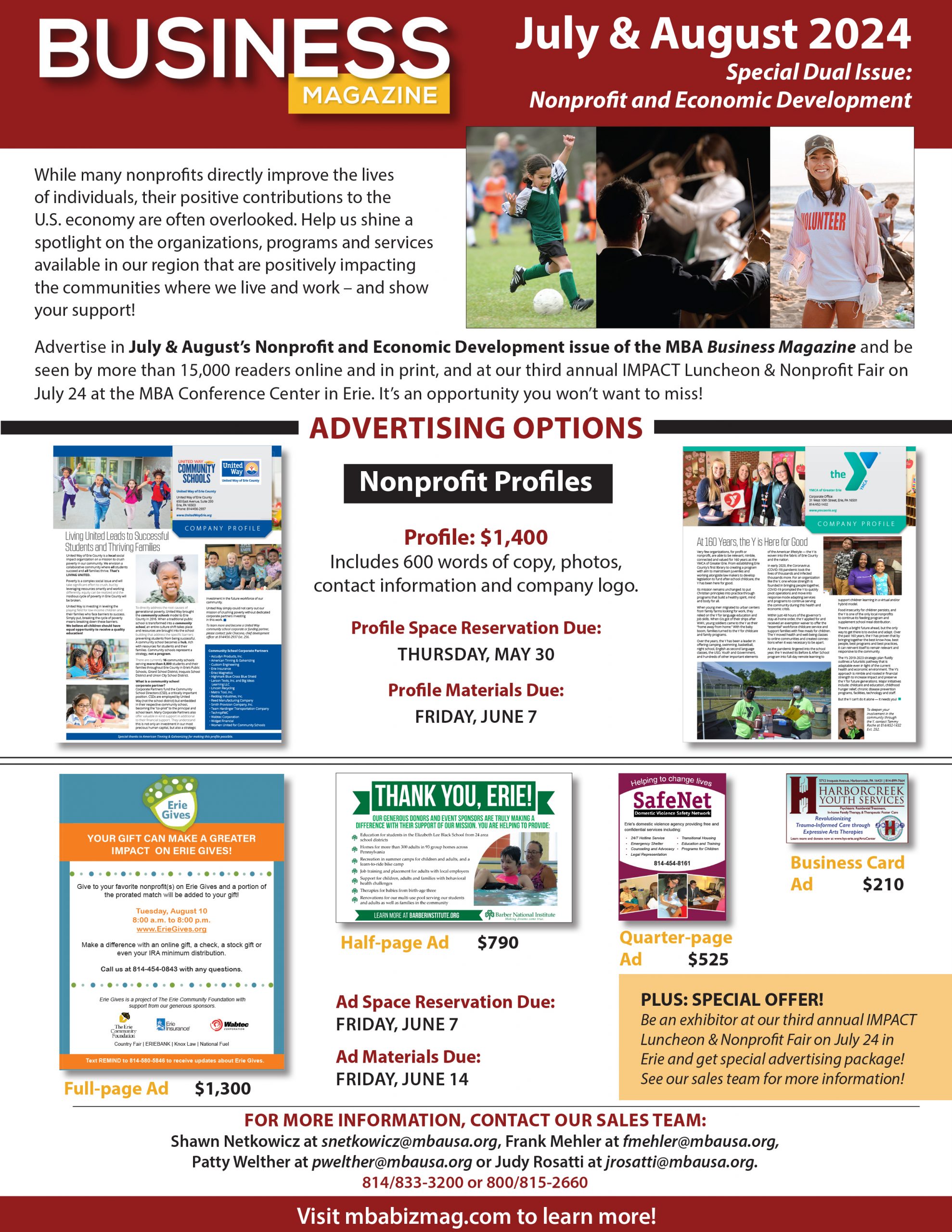Members struggle with supply chain disruptions, cost of benefits, inflation, finding and keeping employees
According to the Bureau of Labor Statistics, 11.5 million jobs were available in March, and there were 5.9 million unemployed Americans. That translates to two job openings for every unemployed individual, but there is still a gap for employers. While some MBA member employers are fully staffed, others are struggling with attracting and retaining employees, hiring some, then losing just as many through the eternally revolving door.
MBA Government Affairs focuses on areas where it can have the most impact for you. MBA’s lobbying for Association Health Plans (AHPs) is ongoing and will reduce one piece of benefit costs. Inflation and supply chain issues are beyond our advocacy reach, but MBA can address workforce issues, both legislatively and by sharing existing resources and ideas other employers have used successfully.
One important tool is the MBA’s 2022 Government Affairs Workforce Survey. Respondents accurately reflect the makeup of MBA’s membership, half manufacturers, and half other types of businesses. Four of eight possible problems dominated with 78 percent citing supply chain disruptions, 77 percent citing the cost of benefits, 55 percent citing inflation and 56 percent citing difficulty finding and keeping employees.
Assuming the following were qualified, ready, and willing to work, which would you hire?
- Ninety percent want to hire those over age 55. The tight job market has employers looking beyond their traditional labor pools. More than 60 percent would hire those lacking a high school diploma, and greater than 50 percent would hire the disabled and ex-offenders.
Are you having a hard time keeping your business fully staffed?
- Seventy-eight percent said it is significantly or somewhat harder to keep businesses fully staffed.
What have you done differently to attract and maintain employees in the past year?
- Seventy-eight percent increased wages, and 62 percent increased starting wages. Thirty-seven percent offered more flexibility in work schedules and remote work.
- Ninety-five percent offer health insurance, retirement plans, and paid time off. Eighty- one percent offer dental and vision, life and disability.
When it comes to finding talent there are a variety of approaches.
- Seventy-five percent rely on referrals.
- Forty-four percent used “other” resources. Fifty-four percent use online search platforms and 46 percent use agencies for staffing, temp services and headhunters.
- Thirty-nine percent use either two year or four-year colleges.
- Thirty-four percent use technical schools and trade schools.
- Ninety-four percent are aware of but just 32 percent have used CareerLinks.
- Twenty percent use local job fairs.
Although help may be hard to find nearly 48 percent expect to increase their employee levels in the year ahead.
- Fifty-seven percent would hire one to five workers if they were available. Twenty- six percent would use robotics and automation where applicable.
- Thirty-seven percent would hire entry level workers.
What roles are the hardest to hire for?
- Twenty percent said all roles. Twenty percent specified CDL truck drivers and machinists, and another 10 percent cited sales and marketing positions.
What would you say when you are in a private meeting with PA General Assembly leadership and they ask, “Where is Government in the way?”
- Forty percent stated either “everywhere” or “giving people incentives not to work.”
The MBA’s Government Affairs Department will examine the survey in depth to determine where we can assist.
Who knows how long it will remain challenging for small and medium-sized employers to hire workers? Pennsylvania has a long-term worker shortage. In 10 years, Baby Boomers will walk out the door. Increased employee productivity and technology may help, but they will not overcome demographic problems: a contracting workforce, an older population and weak population growth below the national average.
What we do know is that employers will have to figure it out and adopt creative solutions to address worker shortages. That can mean finding ways to make existing workers more productive, re-thinking credential requirements for hiring, and locating and training underutilized workers.
Thank you to all of those who completed the survey. For the full report, visit https://www.mbausa.org/services-and-benefits/ government-affairs/government-advocacy/.













